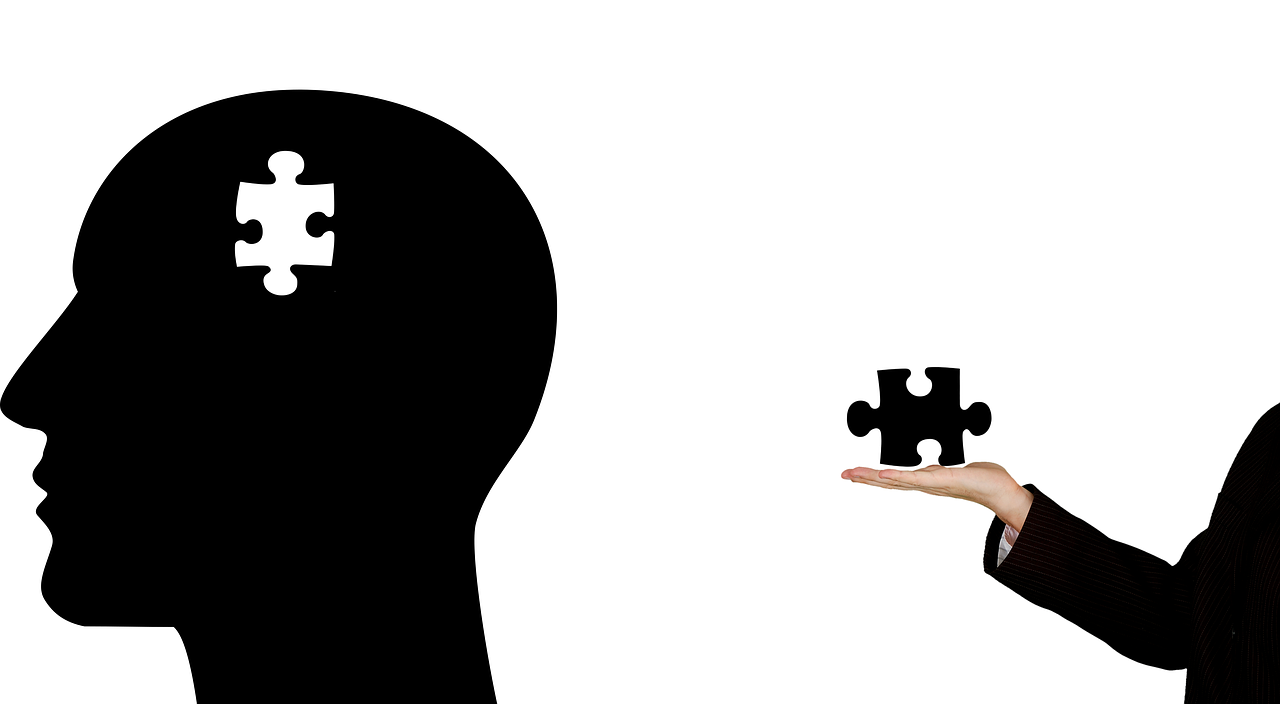Psychopathology, the study of mental disorders, offers insights into the intricate realm of human psychological distress. This blog delves into the foundational concepts of psychopathology, the essential tool of mental status examination, the classification of mental disorders, and a nuanced exploration of the multifaceted causes contributing to the development of psychopathological conditions.
Concept of Psychopathology:
- Defining Psychopathology: Psychopathology involves the study of mental disorders, exploring deviations from typical psychological functioning. It encompasses a wide range of conditions, from mood disorders and anxiety disorders to psychotic disorders and personality disorders.
- Dimensions of Psychopathology: Psychopathological conditions are often characterized by disturbances in cognition, emotion, behaviour, and interpersonal relationships. Understanding these dimensions is crucial for accurate assessment, diagnosis, and treatment planning.
- The Continuum Model: Psychopathology is conceptualized on a continuum, acknowledging that mental health and mental illness exist on a spectrum. This perspective recognizes that many individuals may experience varying degrees of distress without meeting the criteria for a formal diagnosis.
Mental Status Examination (MSE):
- Purpose and Components: The Mental Status Examination (MSE) is a structured assessment tool used by mental health professionals to evaluate a person’s mental state at a specific point in time. It includes components such as appearance, behaviour, thought process, thought content, mood, affect, perception, cognitive functioning, and insight.
- Observations and Interpretations: Conducting an MSE involves observing and interpreting verbal and non-verbal cues. The examiner assesses the individual’s appearance, demeanour, speech, thought coherence, emotional expression, and cognitive functioning. These observations provide valuable information for diagnostic formulation.
- Cultural Sensitivity: A culturally sensitive approach is crucial in conducting an MSE. Cultural factors can influence the expression of emotions, thought processes, and social behaviours. Considering the individual’s cultural background enhances the accuracy and relevance of the examination.
Classification of Mental Disorders:
- Diagnostic and Statistical Manual of Mental Disorders (DSM): The DSM is a widely used classification system for mental disorders. Published by the American Psychiatric Association, it provides a standardized framework for the diagnosis and classification of various mental health conditions. The DSM-5 is the latest edition, featuring a comprehensive list of recognized disorders and their diagnostic criteria.
- International Classification of Diseases (ICD): The ICD, developed by the World Health Organization (WHO), is another globally accepted classification system for mental disorders. While the DSM primarily focuses on psychiatric conditions, the ICD covers a broader range of health-related issues, including physical health and mental health disorders.
Causes of Psychopathology:
- Biological Factors: Biological factors play a significant role in the development of psychopathology. Genetic predispositions, neurobiological abnormalities, hormonal imbalances, and structural brain changes can contribute to the onset and manifestation of mental disorders.
- Psychological Factors: Psychological factors encompass various aspects of an individual’s mental and emotional life. Trauma, early life experiences, cognitive patterns, and personality traits can influence susceptibility to psychopathology. Maladaptive coping strategies and distorted thinking patterns may contribute to the maintenance of mental health conditions.
- Social and Environmental Factors: Social and environmental factors, such as family dynamics, socio-economic status, cultural influences, and life stressors, can impact mental health. Adverse childhood experiences, social isolation, and environmental stressors may contribute to the development or exacerbation of psychopathological conditions.
- Biopsychosocial Model: The biopsychosocial model provides a comprehensive framework for understanding psychopathology. It acknowledges the interplay of biological, psychological, and social factors in the aetiology and maintenance of mental disorders. This holistic approach guides assessment, diagnosis, and treatment planning.
Conclusion:
Psychopathology is a multifaceted field that requires a comprehensive understanding of concepts, assessment tools like the MSE, reliable classification systems, and a nuanced exploration of causal factors. Recognizing the continuum of mental health and illness, along with the cultural sensitivity in assessments, contributes to a more accurate and compassionate approach to understanding and treating mental disorders. As research in psychopathology continues to advance, the integration of biological, psychological, and social perspectives enhances our ability to provide effective interventions and support for individuals navigating the challenges of mental health conditions.







